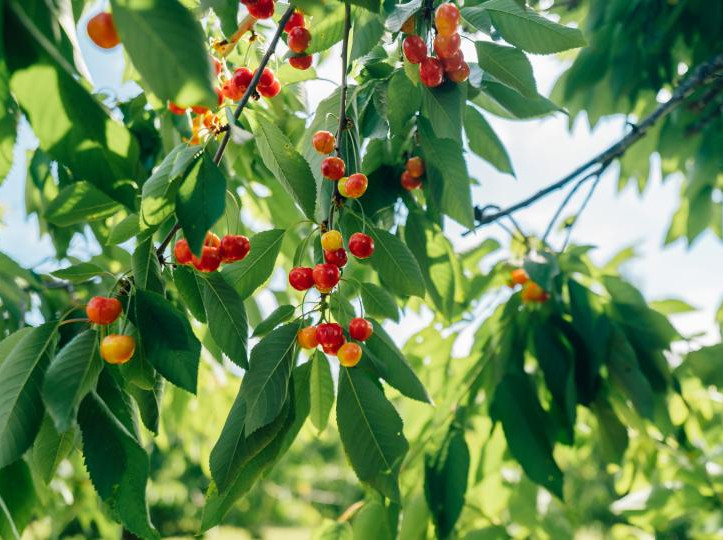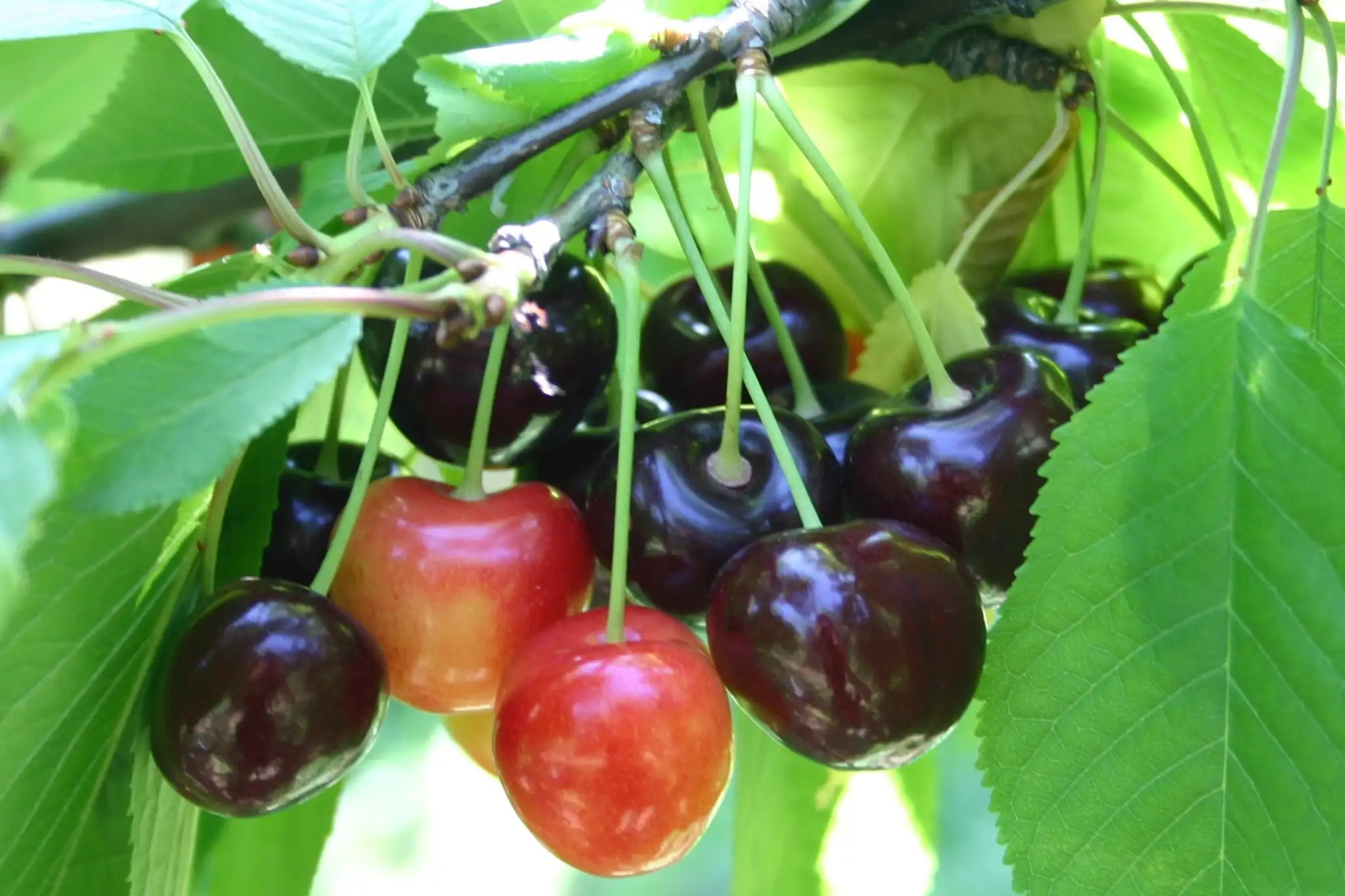The winter season has left its mark on orchards, and among the most insidious threats emerging this year stands out acid rot in cherries.
A phenomenon that, although known in the world of viticulture, is now gaining ground in this delicate fruit, drawing the attention of experts.
A growing phenomenon: from vineyard to cherry tree
In the context of table grapes, acid rot is an old acquaintance.
Caused by a complex community of yeasts and bacteria — including Hanseniaspora, Candida, Pichia, and acetic bacteria like Gluconobacter — this disease leads to fruit fermentation, releasing the characteristic vinegar smell and making the product unsellable.
Today, the same scenario is repeating in cherry orchards.
A recent study conducted in Italy revealed that about one-third of the microbial species found on an infected cherry are not present on healthy fruits from the same plant.
However, nearly half of the species — between 45 and 50% — are present on both types of fruit.
The difference lies in the microbial population dynamics, with yeasts paving the way and bacteria completing the maceration process.
Symptoms and favorable conditions
Unlike other filamentous molds, acid rot mainly appears in the post-harvest phase.
Affected cherries show dry or wet depressions, often covered by a shiny coating resembling a glaze.
If left at room temperature, the situation quickly worsens: the fruit macerates, releasing a strong vinegary smell and collapsing within a few days.
The Drosophila, commonly known as the fruit fly, plays a crucial role in spreading the infection.
Although the link to the invasive species Drosophila suzukii has not yet been confirmed for cherries, it is hypothesized that wounds left by the egg-laying insect could serve as an entry point for microorganisms.
Processing water and contamination risk
One of the critical points in the cherry packaging process is the use of water to facilitate fruit movement along the processing lines.
If the water is not properly sanitized, it becomes a vehicle for spreading acid rot.
The recently concluded season showed a significant increase in contamination by yeasts such as Rhodotorula, Aureobasidium, and Candida, highlighting the need to improve hygiene procedures.
Containment strategies: prevention is better than cure
Currently, there are no established chemical or biological solutions to combat this disease.
However, experts suggest some practices to reduce the risk:
- Enhance the fruit’s natural defense: Increasing calcium content in the pulp makes cherries less vulnerable. Fruits from overloaded trees or with poor calcium assimilation are more exposed.
- Harvest at the right time: Cherries that are overripe or dark-colored are more susceptible to microbial attacks.
- Controlled packaging: Monitor processing water quality, regularly sanitize packaging lines, and optimize the use of sanitizers.
- Fast sales: Cherries have a limited shelf life. Prolonged storage can expose the fruit to infections.
The future of cherries depends on a deeper understanding of these microbial dynamics.
The road ahead is still long, but with constant monitoring and increasingly advanced techniques, producers can hope to keep this silent enemy under control before it becomes an irreversible threat.
Héctor García O., co-founder and general manager of Laboratorios Diagnofruit Ltda.
Source: Smartcherry
Cherry Times - All rights reserved












